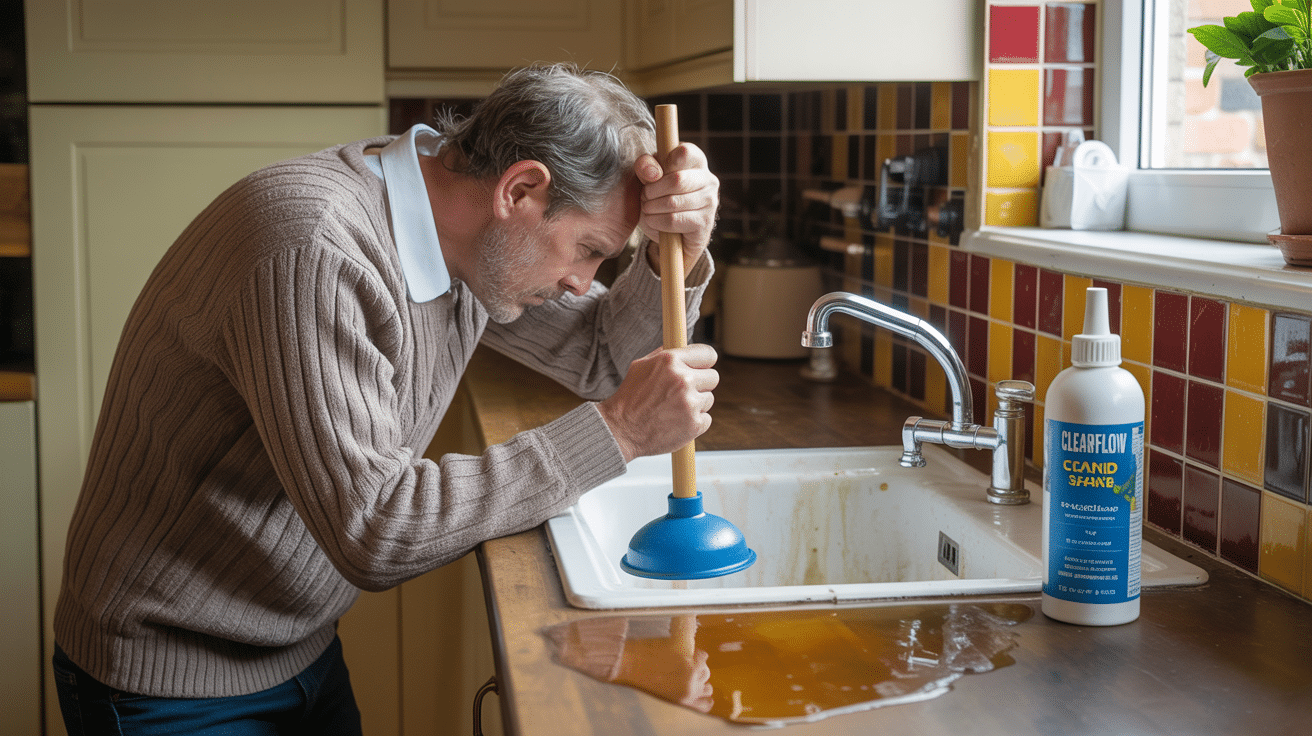 Small signs you have a leak and what to do about it
Small signs you have a leak and what to do about it

Water leaks are notoriously hard to spot, but if left undiagnosed, they can quickly spiral into costly issues.
A leaky pipe can cost you a minimum of £250 to fix, and the impact of a burst pipe and the resulting water damage could see your repair costs soar into the thousands.
Because of how difficult it can be to spot a leak before it’s too late, it’s important to know the subtle signs, so you can look into them straight away.
So, what do you need to be on the lookout for and what do you do when you find one?
Damp patches and cracking walls
The most obvious sign there’s a leak in your home is the presence of wet spots or general damp on your walls or ceilings.
If the damp is coming from underneath the floor, this is cause for concern, as prolonged saturation can weaken the foundations of your home over time.
If the leak is coming through from the roof, you might have a case of compromised flashing or a leaky roof vent, depending on the location of your water tanks.
If you see suspicious patches, it’s important to get them seen to straight away. It’s better to do it before the problem gets worse especially given the cost of a large water main burst.
Mould, mildew and odd smells
You might have noticed a musky smell or patches of black mould or discolouration on your walls; this could be a sign of a small or moderate leak in your home.
Mould thrives in humid temperatures. Leaky pipes in warm houses are breeding grounds for it to fester and can appear in as little as 24-48 hours. It’s important to get this examined and cleaned as dangerous spores can form in only 3 days if left untouched.
When this happens, it’s likely the leak is inside the wall; a plumbing professional will be needed to find the source of the problem as soon as possible. They are best equipped to deal with these issues as they’ll use specialist technologies to accurately diagnose the problem.
If the wall isn’t overly saturated, you should try to tackle the mould before harmful spores can form. In these cases, several applications of mould and mildew cleaner should be sufficient. You should leave the solution on the problem area for 5 minutes before wiping away for best results.
Unusually high water bills and low water pressure
We are all surprised by an oddly high water bill at some point, but if it’s constantly over your estimations, that might be cause for concern.
If there are not any signs of leaks within the home, you may have a larger leak on the external pipes that connect your home to the mains supply. This may become obvious by a drop in water pressure or having no water at all.
Check-in with your neighbours first to see if their supply has changed. It could be a fault in the street’s supply that could be affecting everyone.
If you find out it’s solely on your property, look around your front and back gardens for leaks, damp patches and overgrown areas of grass near any drains, which will indicate problems with external pipes.
Unusual sounds around the house
Odd sounds in your home, that may have become background noise over time, like running water, gurgling or bubbling from near a sink, toilet or bathroom could mean possible leaks.
If you’re becoming concerned, check your water meter. If it is still registering water usage or ticking it’s time to get in touch with your plumber.



